Physicians to present at ASRM 2017
Endometriosis may affect the urinary tract in up to 6 percent of cases. It affects the bladder (84 percent), ureter (15 percent), kidney (4 percent) and urethra (2 percent) of cases. Symptoms can include urinary frequency, urgency, back pain, cyclica hematuria and pelvic pain. Ureteral obstruction and hydronephrosis are rare but have been reported.
Advertisement
Cleveland Clinic is a non-profit academic medical center. Advertising on our site helps support our mission. We do not endorse non-Cleveland Clinic products or services. Policy
In this video, watch as Cleveland Clinic gynecology surgeons perform a left pelvic sidewall dissection and laparoscopically excise endometriosis overlying the ureter in a patient who presented with pelvic pain. During the retroperitoneal pelvic sidewall dissection, they identify the ureter and follow its course through the pelvis. You’ll see relevant nearby structures, including the umbilical artery, uterine artery and iliac arteries. The uterine artery and ureter are fused to the pelvic sidewall and must be dissected away. The endometriosis surrounding the ureter is superficial and must be excised, as ablation may damage the underlying uterer or leave disease behind.
After bilateral ureterolysis, watch dissection of the pararectal space in the setting of complete posterior cul-de-sac obliteration due to endometriosis. The surgeon keeps the ureters in sight in order to safely dissect into the perirectal space. The perirectal space is developed using a combination of jade plasma energy, which has a low depth of penetration, and blunt dissection. The surgeon uses a sponge stick and rectal probe to help delineate the dissection planes, and then excises dense fibrotic tissue to restore normal anatomy to the posterior cul-de-sac.
Physicians from Cleveland Clinic’s Ob/Gyn & Women’s Health Institute, including Tomasso Falcone, MD, Chief of Staff and Chief Academic Officer, Cleveland Clinic London, and former Chair of the Women’s Health Institute, presented on this approach at the American Society for Reproductive Medicine (ASRM) 2017 Congress & Expo in San Antonio, Texas.
Advertisement
Advertisement

How we create obstacles for sexual, reproductive and menopausal healthcare despite our best intentions

One approved non-hormonal therapy and another on the horizon reduce vasomotor symptoms
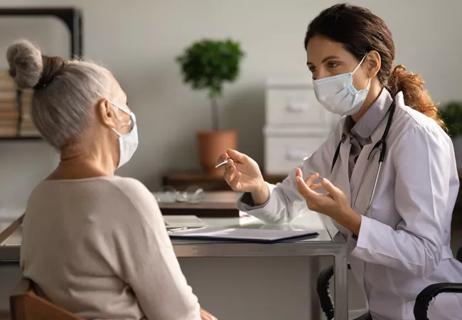
Some post-menopausal patients may benefit from treatment
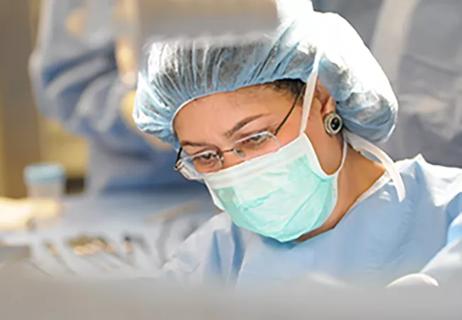
Study shows higher rates of complications, laparotomies among non-white women
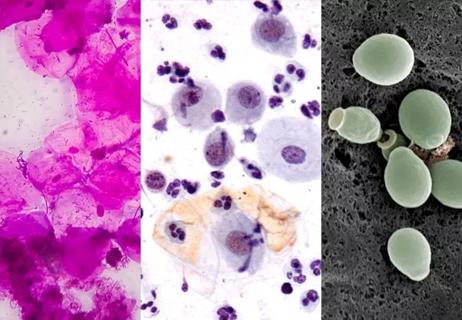
Proper diagnosis and treatment require a careful mix of patient and clinical considerations
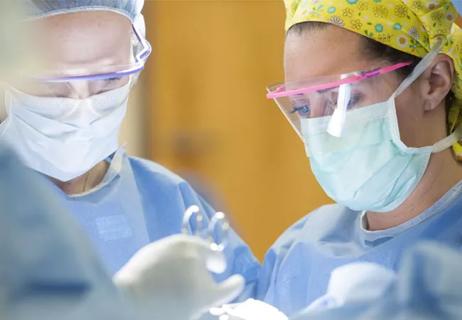
Study uniquely powered to compare adverse effects
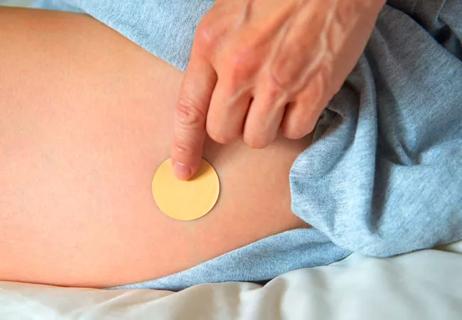
What is female hypoactive sexual desire disorder and how is it treated?

Indications and best-practice recommendations for the use of androgen therapy